These 3D printed mobiles are the result of a collaboration between Marco Mahler and Henry Segerman. Mobile is a type of kinetic sculpture constructed to take advantage of the principle of equilibrium. It consists of a number of rods, from which weighted objects or further rods hang. The objects hanging from the rods balance each other, so that the rods remain more or less horizontal. Each rod hangs from only one string, which gives it the freedom to rotate about the string. An ensemble of these balanced parts hangs freely in space, by design without coming into contact with each other.
Marco Mahler, a kinetic sculptor specializing in mobiles. He has made handmade mobiles on and off for about 13 years and is currently living in Portland, Oregon. Henry Segerman, an assistant professor at Oklahoma State University, loves splitting his time between research in 3-dimensional geometry and topology, and mathematical art, which usually involves 3D printed sculpture. Here’s an interview about how they start the journey together.
Novedge: How did you two come together? What makes your collaboration successful?
HenrySegerman: We met on Twitter. I had asked the internet about a motor for driving a sculpture (since completed), and we got talking about 3D printing and mobiles. It seems that nobody had thought to explore that combination before!
We have complementary skills to bring to the project – Marco has a lot of experience in what can be done with conventional mobiles and knowledge of the market, and I know a lot about the technicalities of designing for 3D printing.
MarcoMahler: I used to program 3-dimensional animations in (Turbo) Pascal, and wrote algorithmic stock trading strategies and custom indicators for financial charts for a while. So creating 3D models of mobiles and constructing them with scripts wasn’t a huge stretch for me. But Henry’s knowledge and experience put me on the fast track to adapt my prior programming skills to creating mobiles with the help of scripts and to learn about 3D printing sculptures in general which I hadn’t done before this.
Novedge: What is the inspiration behind your /mobiles/?
MarcoMahler: The mobiles made of beams, Mobile 4.1, 4.2, 8 and 9, came from thinking about their basic structures. What can be done with a set of beams? How will it balance? What if we introduce an additional variable such as an angle or a length increase that changes from one beam to the next?
HenrySegerman: The “tree” mobiles came from a design I made in Second Life in 2008. I switched from virtual designs to 3D printed designs around 2009, but I hadn’t tried to 3D print something like the tree because the thinnest parts would be very fragile. As a mobile though it works well – because the whole object moves and flexes there are no rigid joints to act as weak points.
MarcoMahler: Mobile 81 is based on a custom-made 10 foot (3 meter) metal mobile I made a couple of years ago. Mobile 1 and Mobile 60 are also based on mobiles I’ve previously made by hand. They’re more conventional in design, not unlike the ones made by Alexander Calder, inventor of modern mobiles.
Novedge: What software do you use to design your work and to prepare your files for 3D printing?
HenrySegerman: I use Rhinoceros as my main 3D software, together with its python scripting interface. Rhino has good support for NURBS modelling, and so it feels somewhat like a 3D version of Adobe Illustrator, another piece of software I’m familiar with. I particularly like the way you can use Rhino to make “ruler and compass” style constructions, building something up by intersecting arcs with surfaces to find new points and so on. It has a very mathematical geometric feel to it. There are various other technical resources I use, such as netfabb for repairing meshes and OpenFlipper for reducing polygon counts in large
models.
MarcoMahler: I started out with Blender and then moved to Rhino. I find it very user friendly while offering a wide range of options. The python scripting language is quite easy to adapt to if you have prior programming experience, and it’s a lot of fun to play around with.
Novedge: How do research and music inform your art practice and vice versa?
HenrySegerman: For me, there is some cross-over, but perhaps not as much as you might expect. My research is visual in many ways, but is usually more topological than geometric, and you really need precise geometry to be able to tell the computer to 3D print something. However, the more basic, foundational concepts can be turned into sculpture. Many of the sculptures I make come from talking with other mathematicians and working out how to turn their ideas into physical objects.
MarcoMahler: To me, both music and mobiles are about dynamics and structure. The different parts depend on each other to make the whole thing work. I haven’t done much with music for a while now, but I listen to music a lot while designing and making mobiles.
Novedge: What other projects are you working on?
HenrySegerman: Right now, I’m working on color versions of many of my sculptures for MoMath, the Museum of Mathematics in NYC. Also, my YouTube channel has all of my recently completed projects.
MarcoMahler: I’ve been busy with my kinetic sculptures and a line of mobiles made with laser cut sheet metal pieces. Part of my time is currently taken up with moving back to the East Coast. I’m planning on looking into additional ways to market and sell these 3D printed mobiles and to work on expanding our collection. I’m very excited to explore and see what other new mobile designs we’ll come up with, especially designs that would not be possible to make by hand!

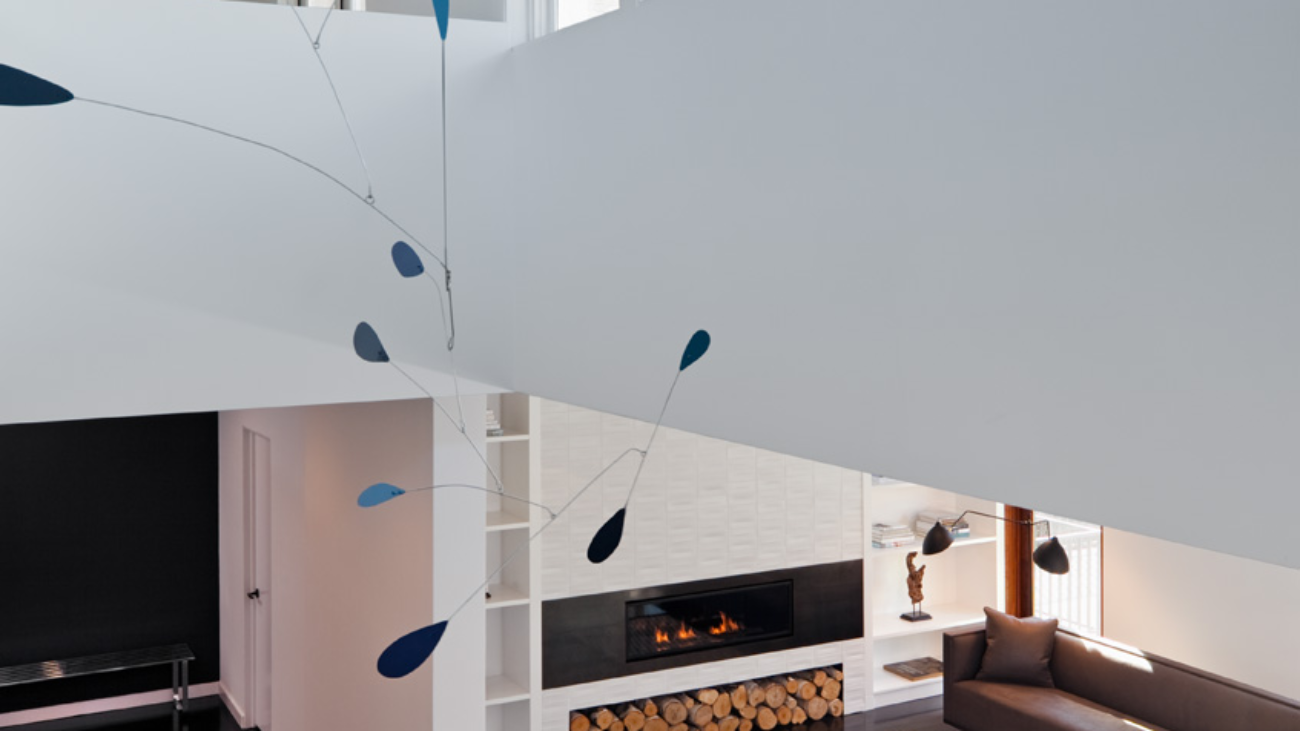
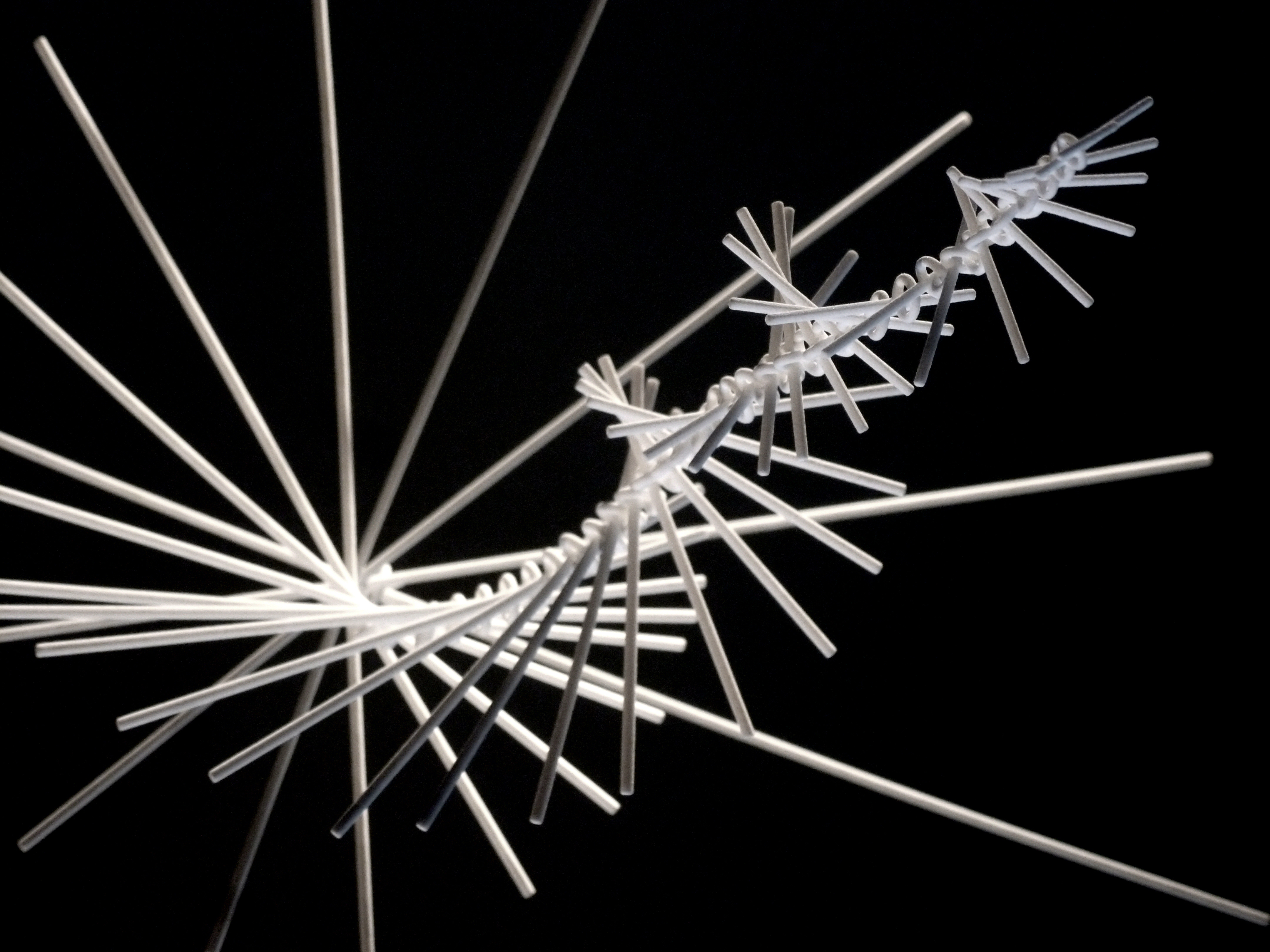
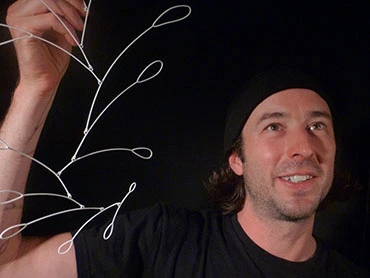
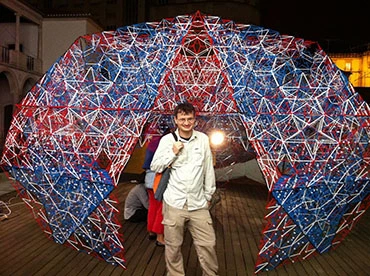
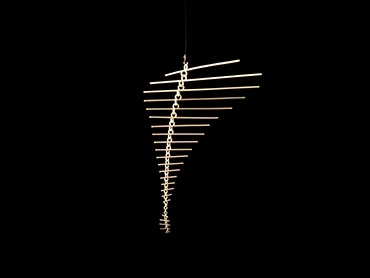
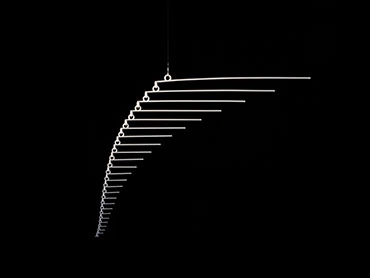
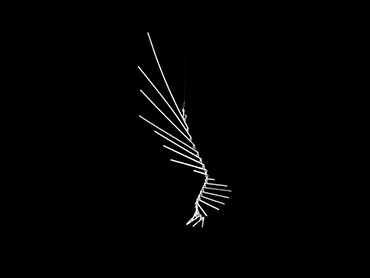
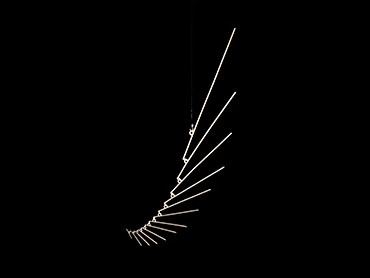
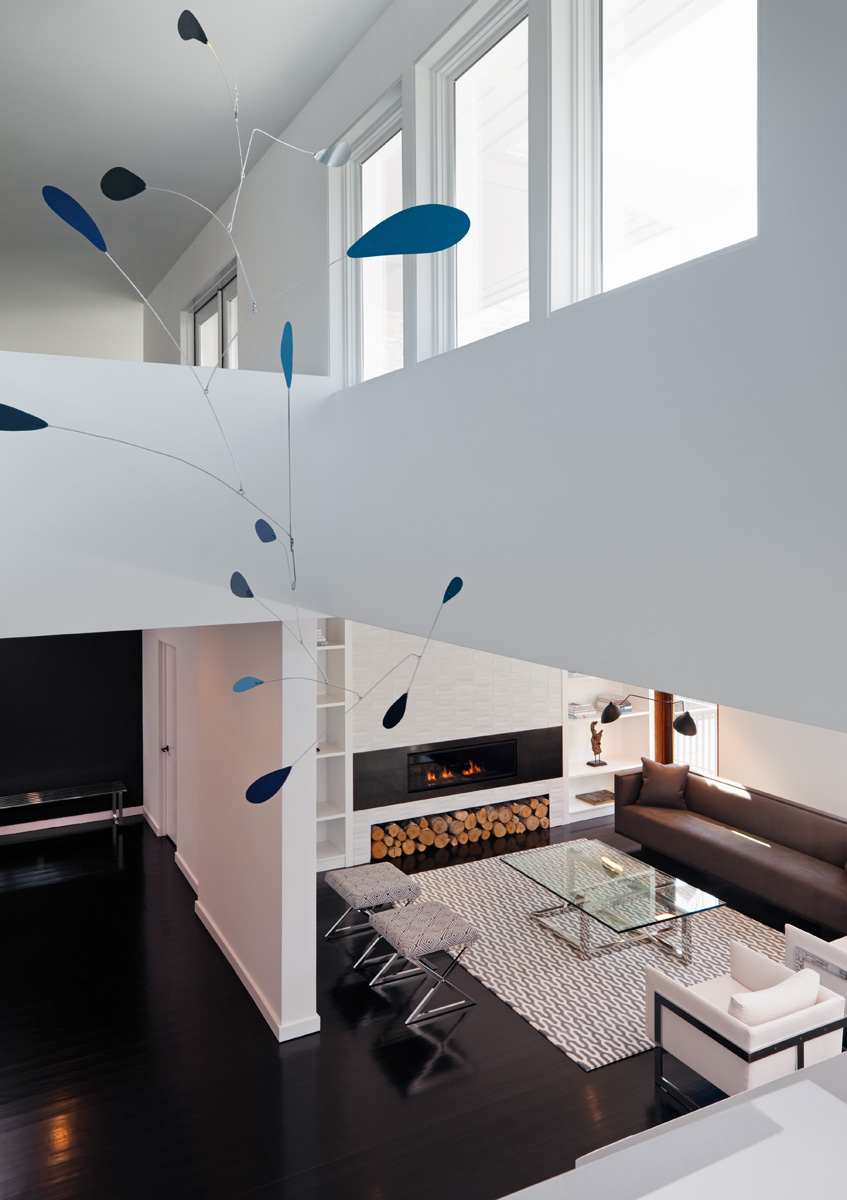
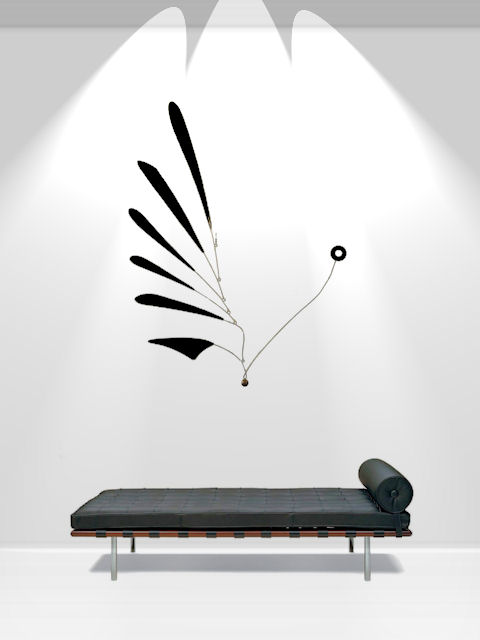
Leave A Comment